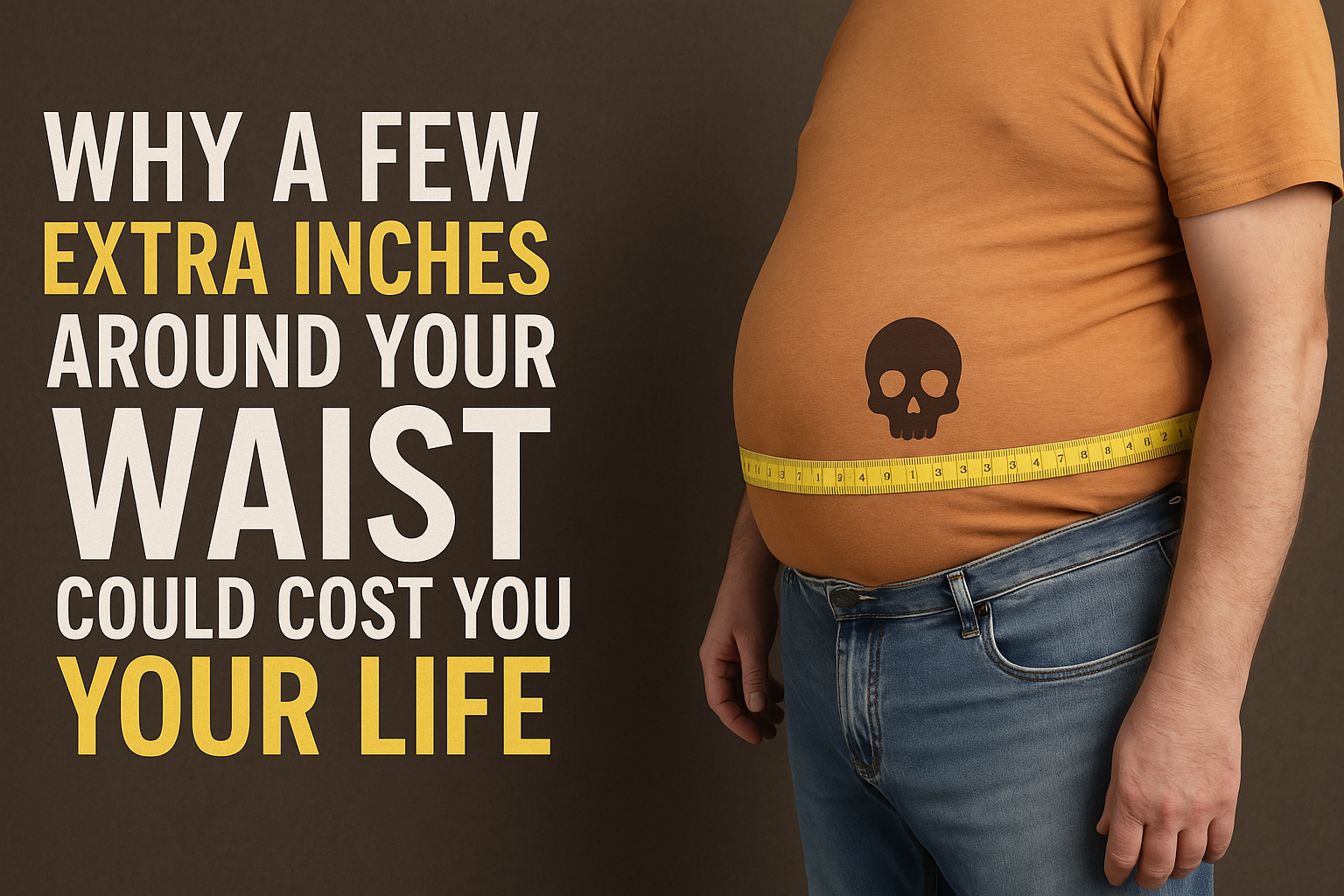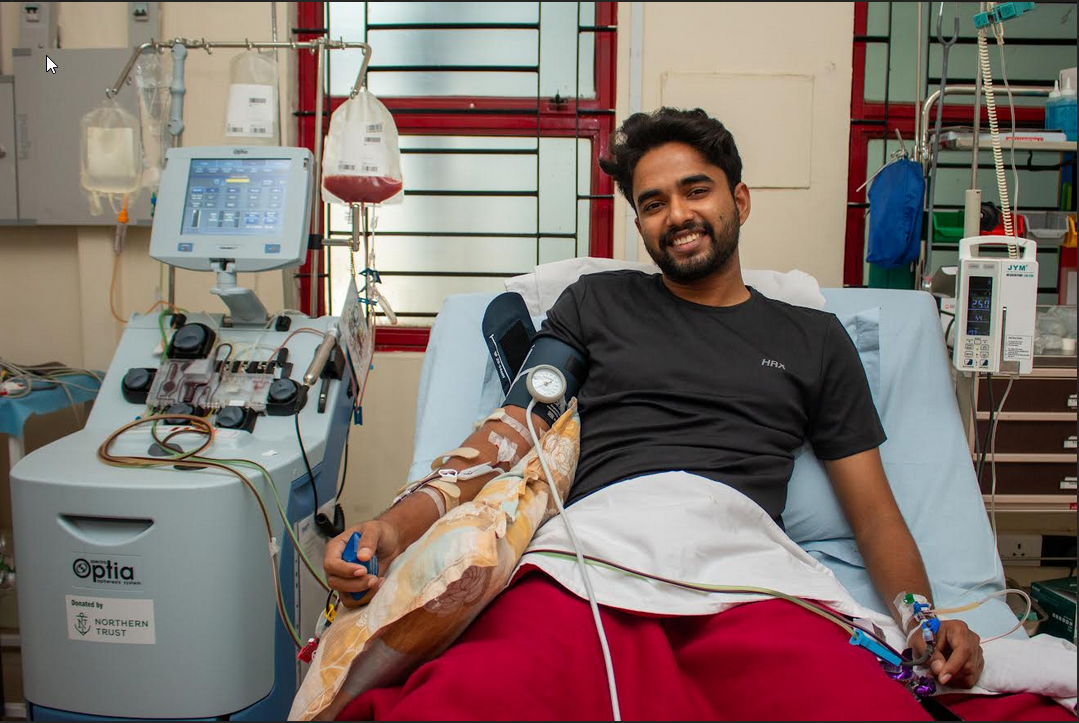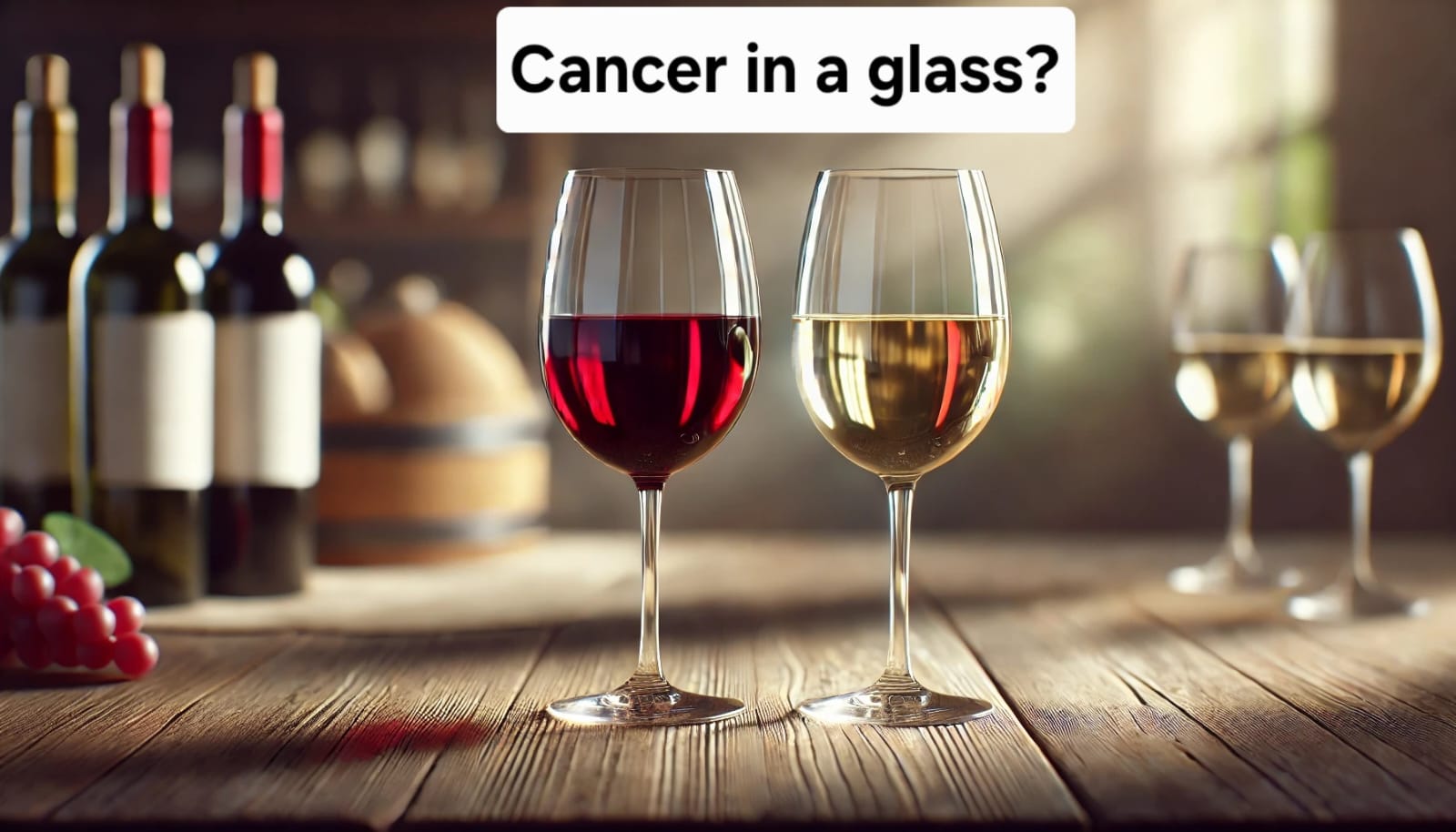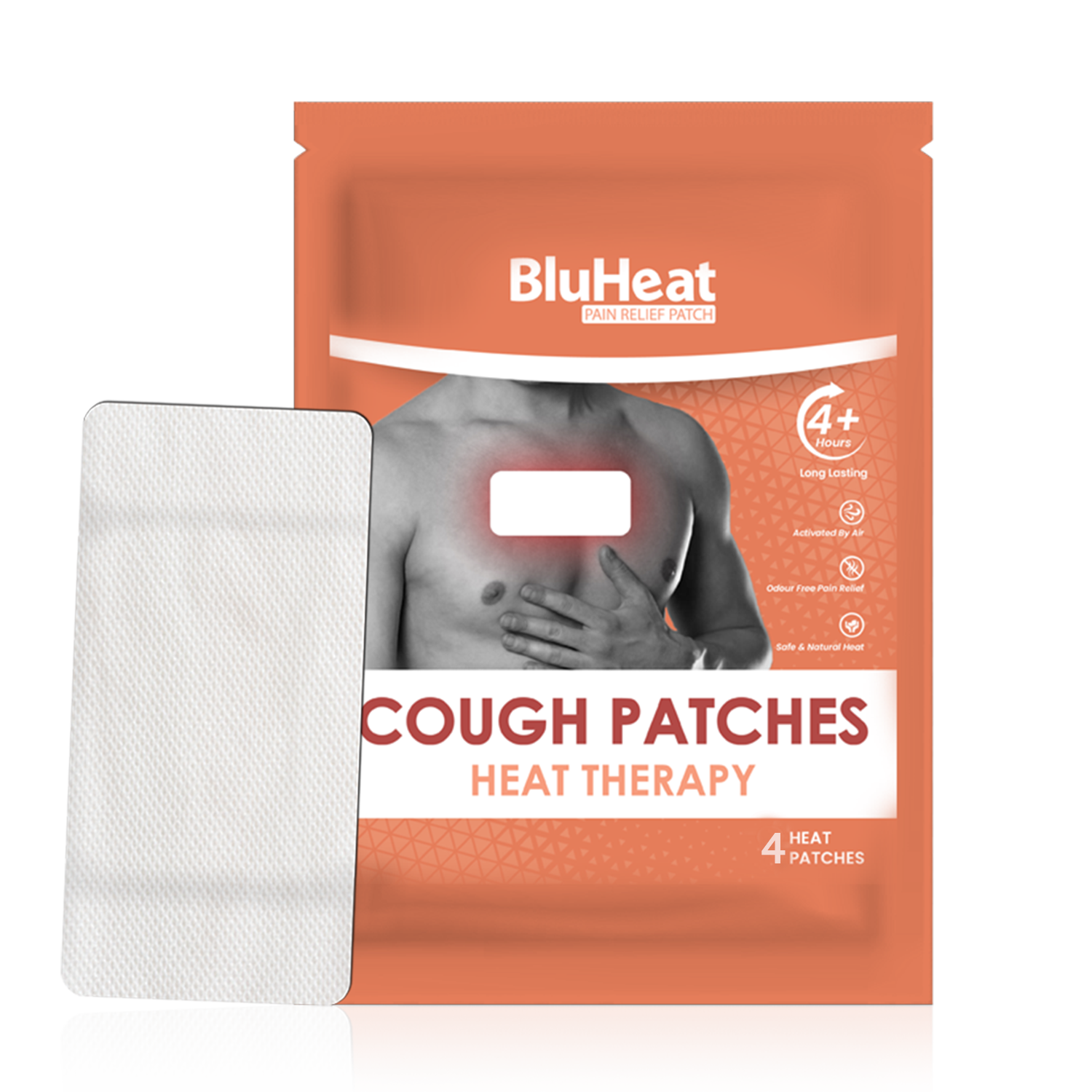August 6 and August 9, 1945, were the dates that forever changed the course of history. It was during those fateful days that the United States dropped two devastating bombs over the cities of Hiroshima and Nagasaki. The mastermind behind these destructive weapons was J. Robert Oppenheimer, a brilliant scientist who had played a crucial role in their development. Little did he know that the outcome of his work would bring about a scale of devastation never witnessed before or since.
The aftermath, the true toll of the bombings became painfully clear. The estimated death toll reached a staggering minimum of 110,000 lives lost. Families were torn apart, homes reduced to rubble, and the survivors left grappling with the aftermath of unimaginable loss. The scars, both physical and emotional, would be carried by the survivors for the rest of their lives.
- The impact
The atomic bombs dropped on Hiroshima and Nagasaki in 1945 caused immediate and long-term health effects on the survivors, known as hibakusha. The diseases and health conditions resulting from the atomic bomb explosions include:
- Acute Radiation Syndrome (ARS): ARS refers to the immediate symptoms experienced by survivors due to high levels of radiation exposure. These symptoms include nausea, vomiting, fatigue, diarrhea, and burns. Many survivors who were close to the epicenter of the blasts died within days or weeks due to ARS.
- Cancer: Exposure to ionizing radiation increases the risk of developing various types of cancer. The hibakusha have been found to have an increased incidence of leukemia, solid tumors (such as lung, breast, and thyroid cancer), and other malignancies. The risk of cancer has been found to persist over several decades.
- Cataracts: Radiation exposure can cause the development of cataracts, leading to vision impairment or blindness. Hibakusha have a higher prevalence of cataracts compared to the general population.
- Birth Defects and Genetic Effects: The atomic bomb explosions also caused an increased risk of birth defects and genetic abnormalities in the offspring of survivors. These effects were observed in the children of Hibakusha and subsequent generations. However, the overall impact on genetic health has been relatively small.
J. Robert Oppenheimer, the brilliant mind behind the creation of these devastating weapons, was left to grapple with the consequences of his work. The magnitude of the destruction caused by the bombs weighed heavily on his conscience. It was a stark reminder of the awesome power humanity possessed, and the responsibility it carried in wielding such power.

 Upon The release of Oppenheimer (a Christopher Nolan film) which is based on the development of the first atomic bomb. let’s go through the after effects of atomic bomb on human life. The film depicts the story of an American scientist J. Robert Oppenheimer and his role in the development of the atomic bomb.
Upon The release of Oppenheimer (a Christopher Nolan film) which is based on the development of the first atomic bomb. let’s go through the after effects of atomic bomb on human life. The film depicts the story of an American scientist J. Robert Oppenheimer and his role in the development of the atomic bomb.









.jpeg)



.jpg)





.jpeg)

.jpg)





.png)

